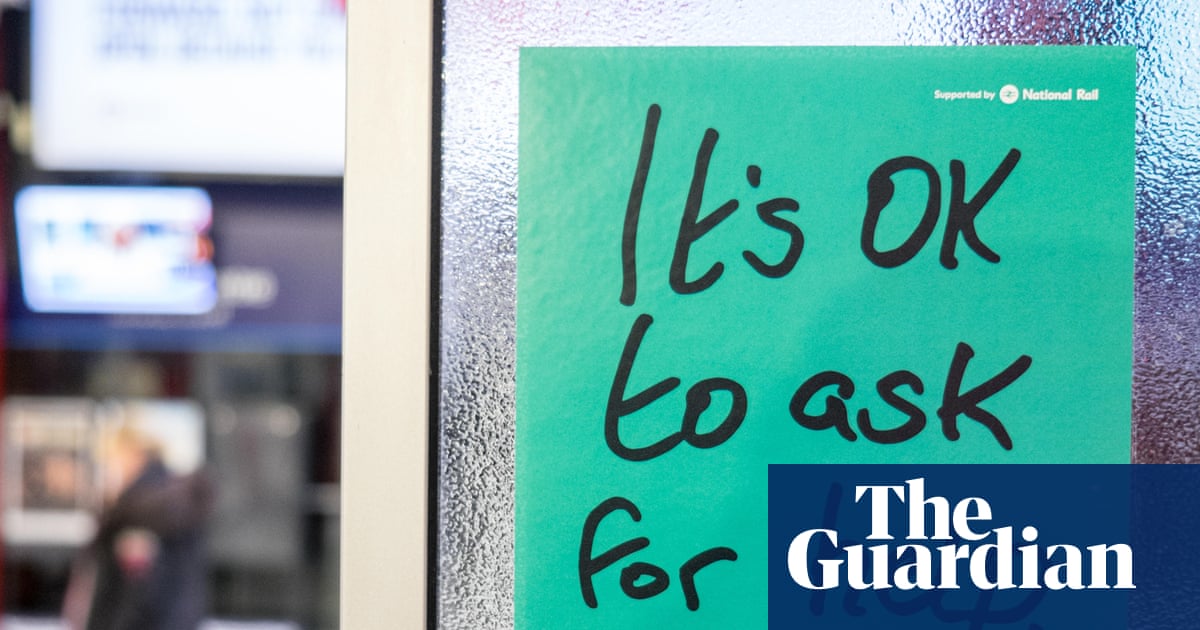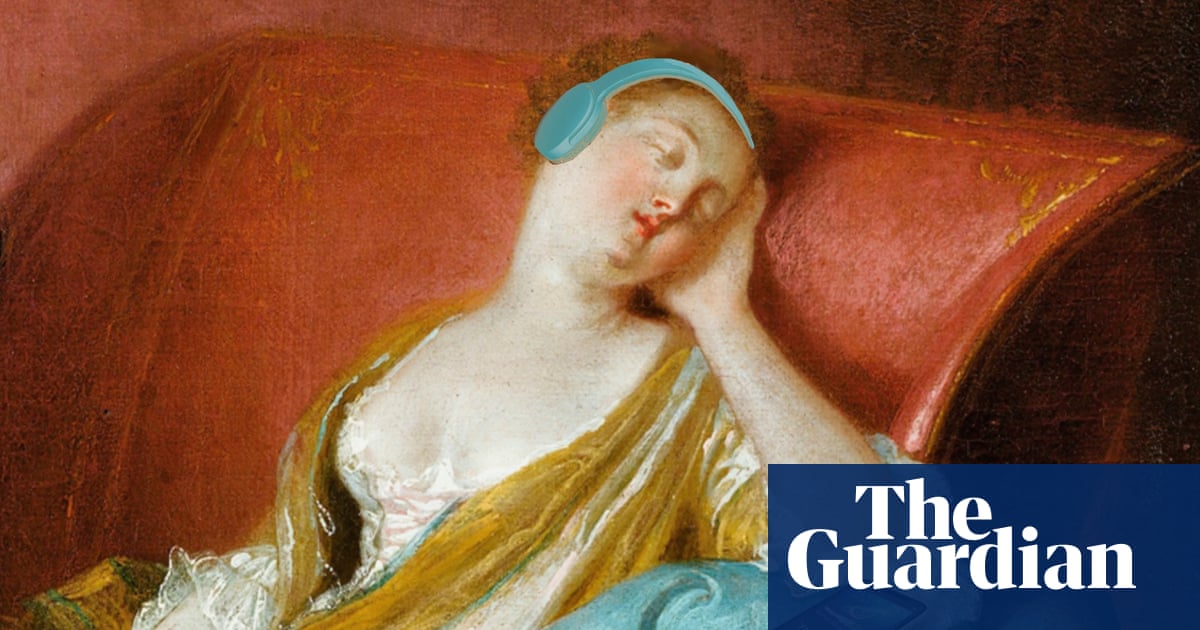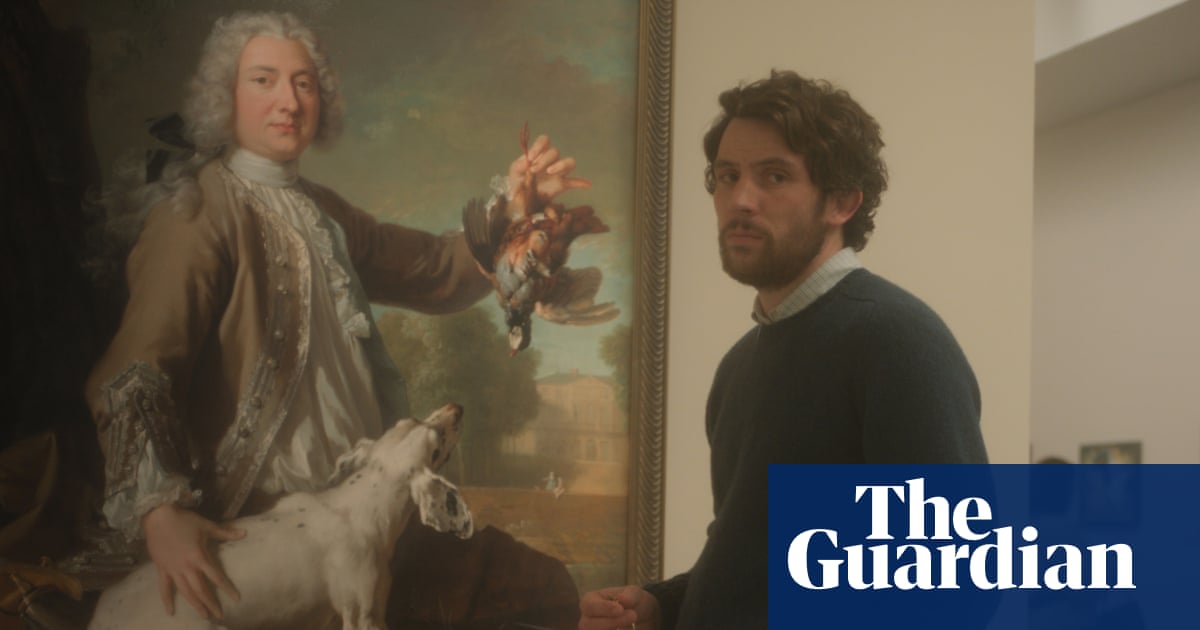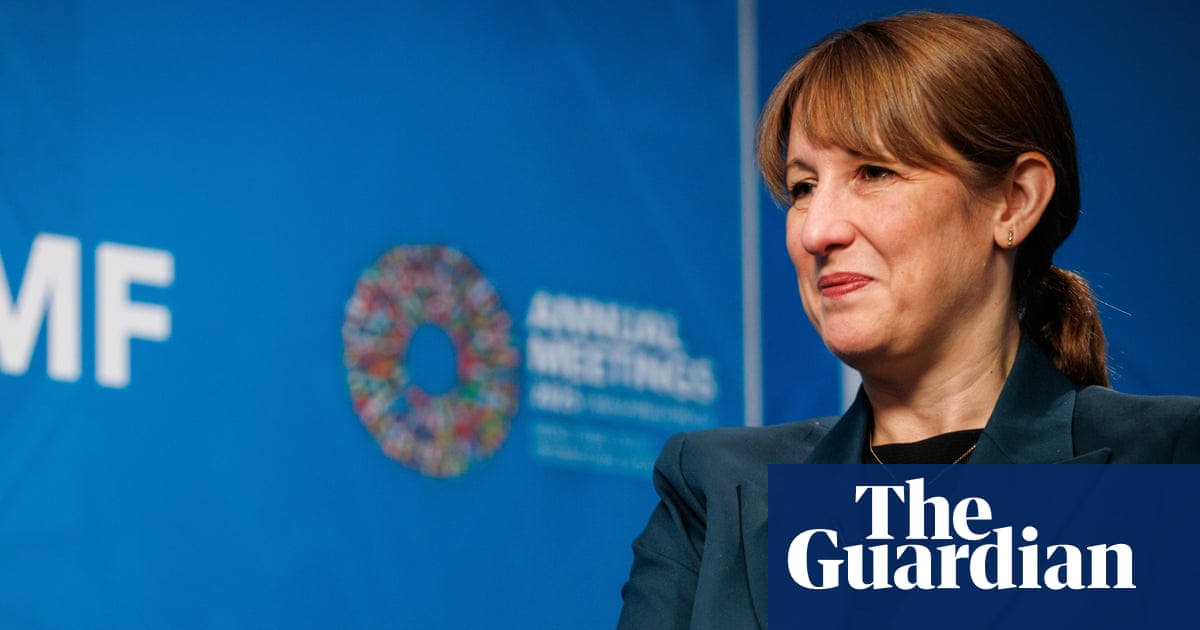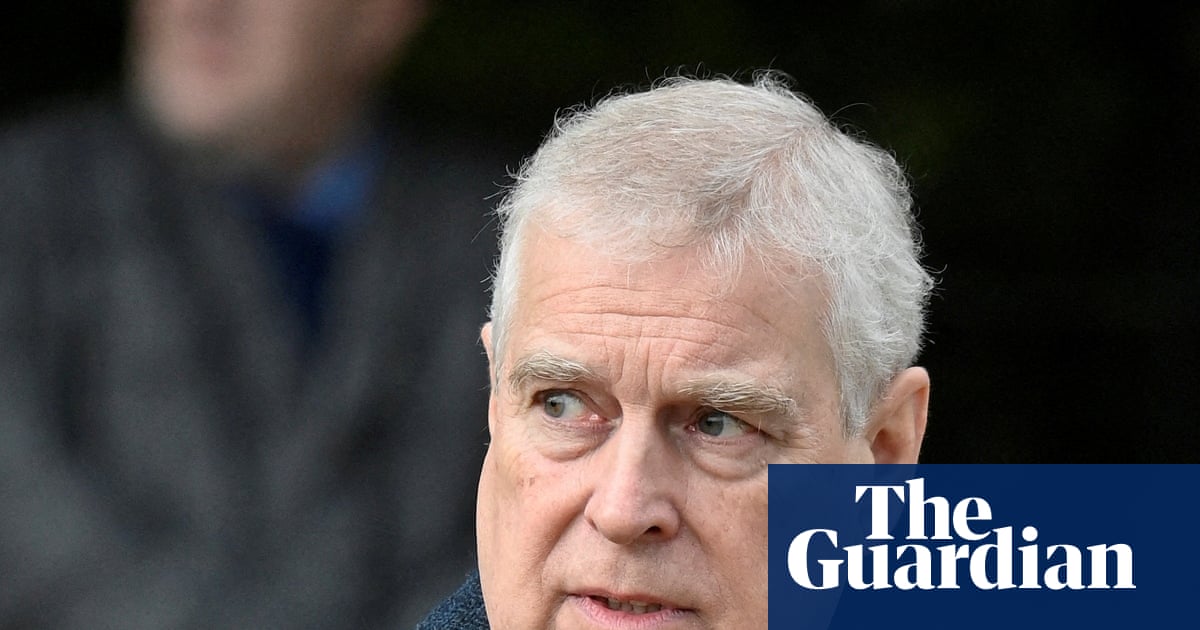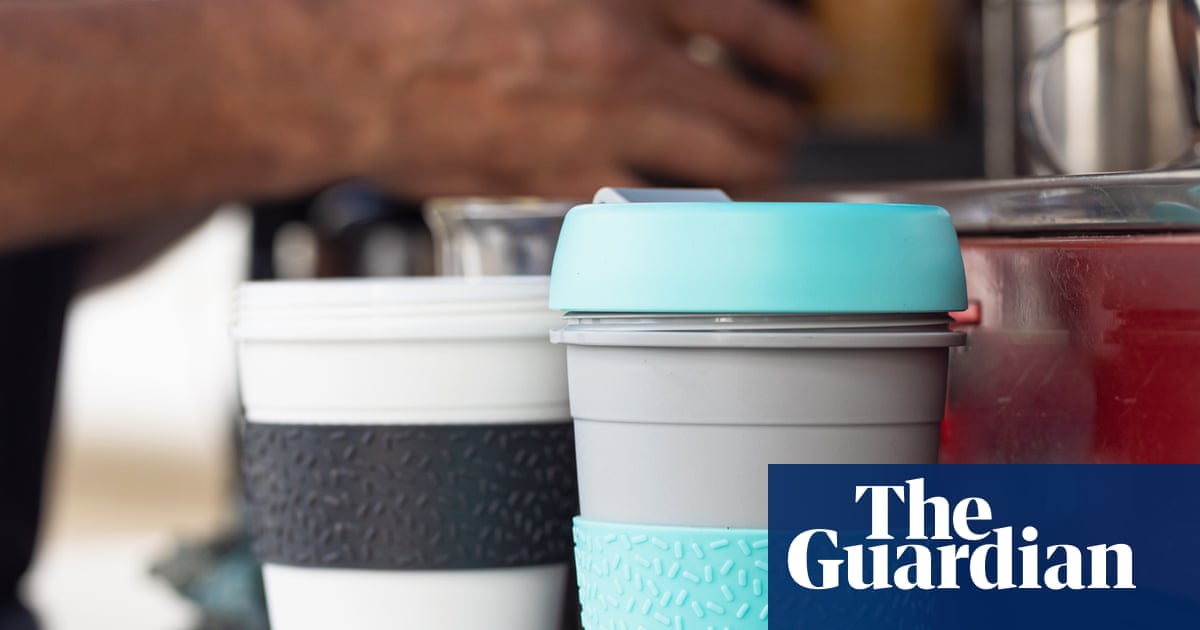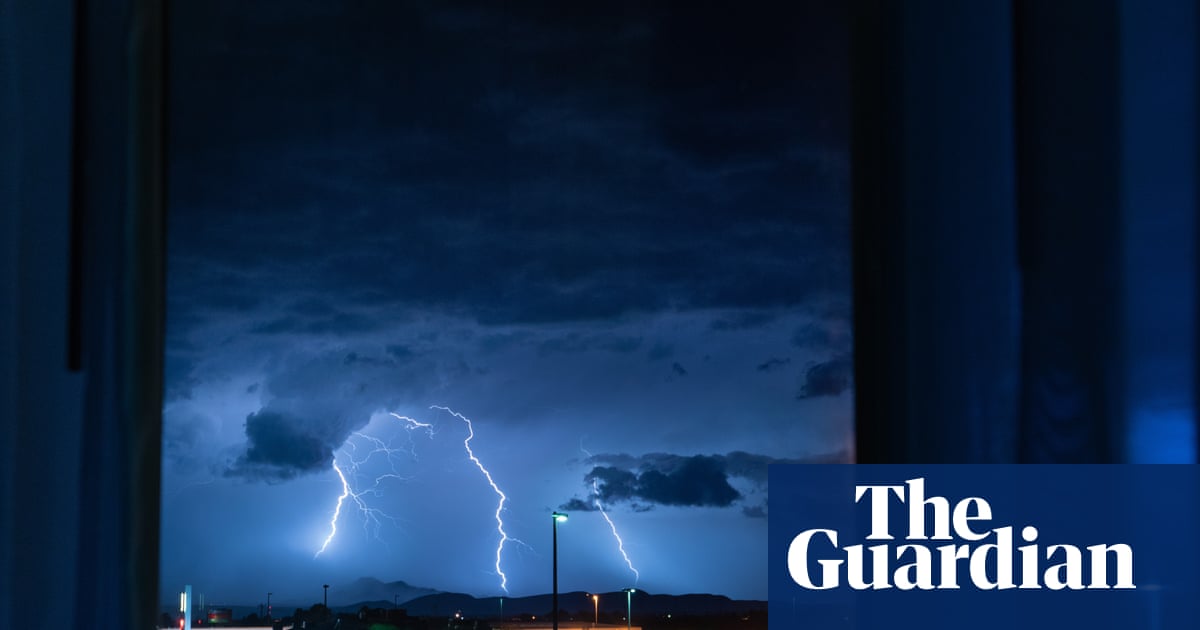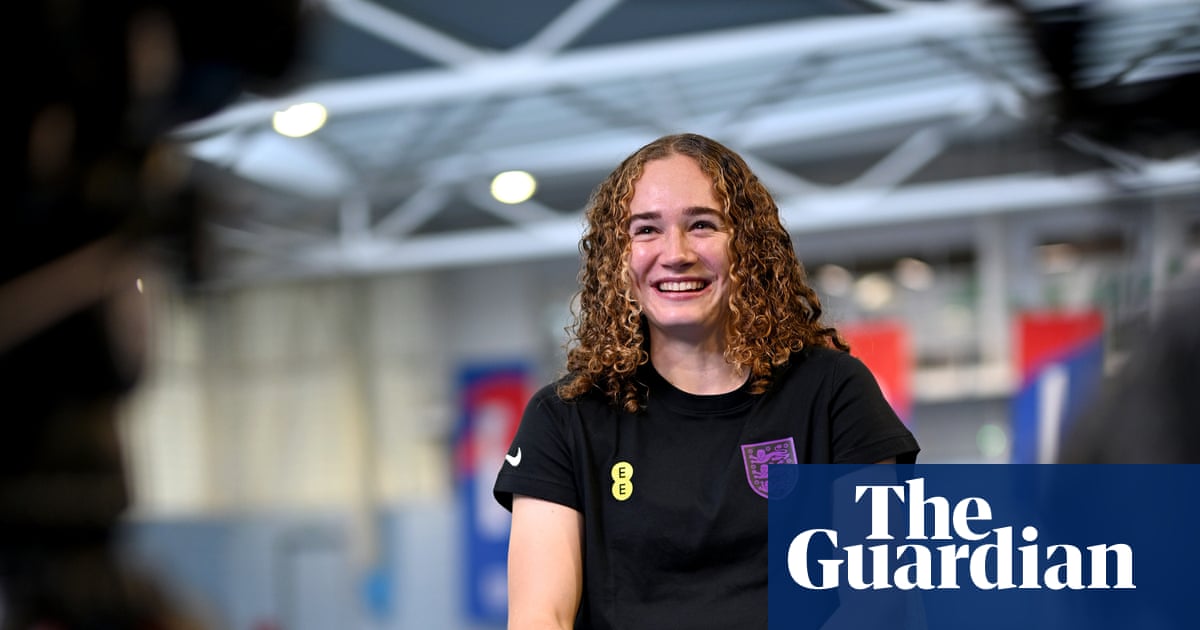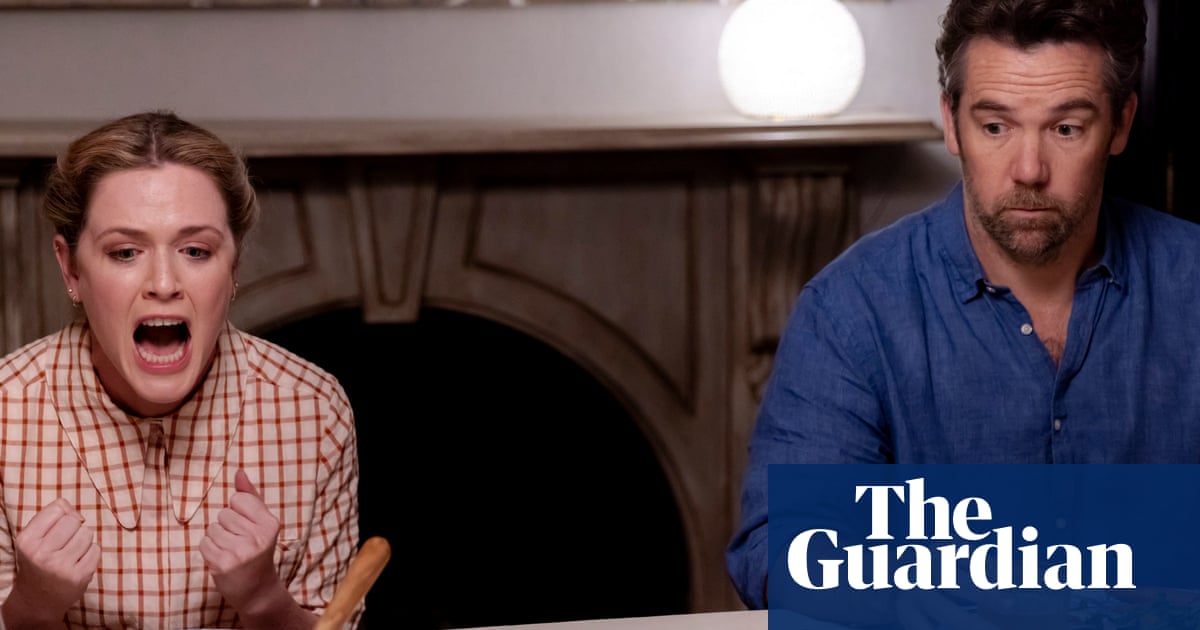It is already, in a small way, Paris’s newest tourist attraction. “And on our right,” boomed the guide on the bateau mouche tour boat heading up the Seine, “the Louvre – and the window thieves smashed to steal France’s crown jewels.”
The world’s most visited museum reopened on Wednesday for the first time since a gang of four men broke into its Apollo gallery on Sunday, making off with €88m (£76m) of Napoleonic jewellery in France’s most dramatic heist in decades.
Long queues snaked around the Cour Napoléon, the museum’s vast main courtyard, and the glass pyramid that serves as its entrance, as visitors waited patiently for their turn to tour 33,000 sculptures, objets d’art, paintings and drawings.
Outside, however, across the busy Quai François Mitterrand from the museum’s grand facade, a smaller but more animated crowd had gathered instead on the pavement beside the river, staring up at a tall window partly hidden behind black drapes.
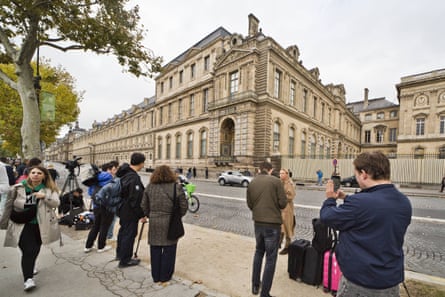
“It’s just extraordinary,” said Alida, visting Paris with her husband, Machiel, from Blaricum in the Netherlands. “It just looks like it was so … simple. I mean, if it had happened in a film, people would be saying, ‘Wow, that’s a really boring script’.”
Two of the thieves, wearing hi-vis vests as if they were workmen, used an extendable ladder and furniture lift parked on the street to break in through the window, and disc cutters to smash two display cases containing the jewellery.
They made off on the back of two waiting motorbikes with eight pieces, including an emerald-and-diamond necklace that Napoleon I gave his second wife, Marie Louise, and a diamond-studded diadem that once belonged to the empress Eugénie, wife of Napoleon III.
“The whole thing is surreal,” said Fanny from Limoges, on half-term holiday in the French capital with her husband, Vincent, and two children. “You think, the Louvre, home of the Mona Lisa, that’s got to be ultra-protected. But apparently not.”
Vincent pointed to the professionalism of the operation. “Look along that facade: literally hundreds of windows,” he said. “They knew exactly which one. And they were in and out in about four minutes. They knew what they were doing.”
But while it was spectacular, the theft was not particularly surprising, he said. “It must be almost impossible to completely protect a massive public building like this. Tens of thousands of square metres, millions of visitors … Not easy.”
Plus, Vincent added, the Louvre was “a historic monument. You can use electronic alarms and video cameras and infrared beams and all you like on the inside, and they do, but you can’t just go and slap reinforced steel shutters on all the exterior windows.”
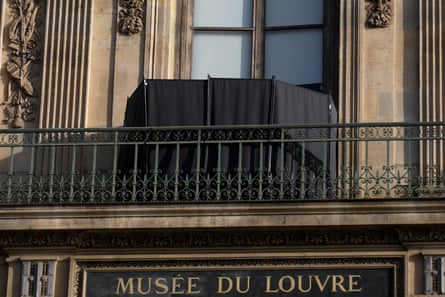
Pamela, Tom and Tim from Philadelphia in the US were equally impressed by the meticulous planning. “This was a hugely professional crime,” said Tom. “Like in a movie – like the Thomas Crown Affair,” said Pamela. “Almost too perfect,” said Tim.
after newsletter promotion
Elena, from Rome, said she understood “how very difficult it must be to prevent” this kind of crime, especially one that was “obviously so carefully prepared, by such determined thieves, and in a state-owned building as enormous as the Louvre”.
Nonetheless, she said, the theft was “shocking, and saddening. I’m from Rome, I care about art and antiquities. These historic jewels will most probably be broken up and sold now, won’t they? No one would buy them whole. That’s a tragedy.”
The Apollo gallery doors remained closed on Wednesday, with three grey panels blocking the view and Louvre staff asking visitors to keep moving, as investigators continued to scour the room for evidence that could lead them to the robbers.
France’s interior minister, Laurent Nuñez, told French media the inquiry was “progressing”, with more than 100 investigators on the case. “I have every confidence that we will find the perpetrators,” he insisted on Wednesday.
But amid allegations that staff and budget cuts had affected security, the Louvre’s director was to face questioning from senators later, and the French president, Emmanuel Macron, on Wednesday ordered a “speeding-up” of improvements.
The museum’s star attractions, including the Mona Lisa, the Venus de Milo and the Winged Victory of Samothrace, helped draw almost nine million people to the Louvre’s labyrinthine wings, halls and galleries last year.
“I’m just glad they reopened,” said Emily, queueing up outside the pyramid with her husband, Marcus, for a midday slot. “We’ve come from Adelaide and we booked months ago. A robbery is all very exciting, but we want to see the Mona Lisa.”

 2 hours ago
5
2 hours ago
5


